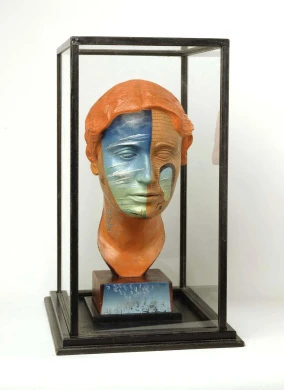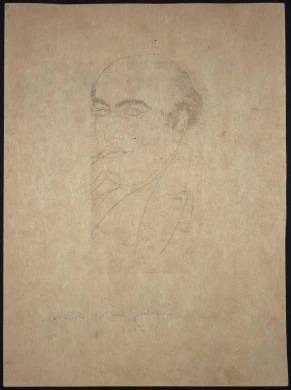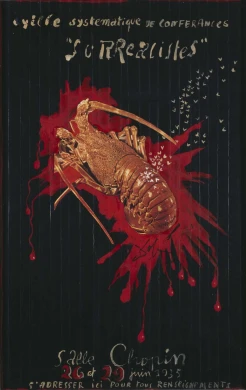
Arlequí (Harlequin)
- Technique
- Oil on canvas
- Dimensions
- 196,5 x 150 cm
- Year of entry
- 1988
- Registration number
- AS07488
- Date
1926
- Observations
Entry date: 1988 (from the redistribution of the Museo Español de Arte Contemporáneo [MEAC] collection)
After realising such works as the portraits of his sister Anna Maria, in 1926 and 1927, there was a strong resurgence in Salvador Dalí’s interest in Cubism; idiosyncratic Cubism adapted to the laws of his own personality, exactly the way it is depicted, for instance, in other paintings, along with those belonging to the Museo Reina Sofía: Natura morta (Bodegón al claro de luna) (Still Life by the Light of the Moon, 1927), and in another canvas produced the year before, Dues figures (Two Figures, 1926). The work Arlequí (Harlequin) also belongs to this period. Although lesser known to the public at large, the interest it holds is on an equal footing with the other works mentioned, not least bearing in mind its large scale and perfect rendering. In relation to this composition, mention must also be made of the wisdom with which Dalí managed to couple an admiration for the avant-garde – in this instance Cubism – and a respect for Hispanic pictorial tradition on the same canvas, demonstrated by the white folds, so close to Francisco de Zurbarán, that comprise the left side of the main character’s face. Some of the painter’s biographers have spotlighted the peculiar characteristics of Arlequí, in addition to certain other Daliesque works from around the same time that were also at close quarters with the Cubist aesthetic. Thus, in his biography on Salvador Dalí, published by Blume in 1970, Max Gérard stressed how “The severe geometry of Cubism has impressed Dalí, but he will leave it behind, whilst still conserving the joy of its volumes and a soundly structured composition.”
Paloma Esteban Leal





